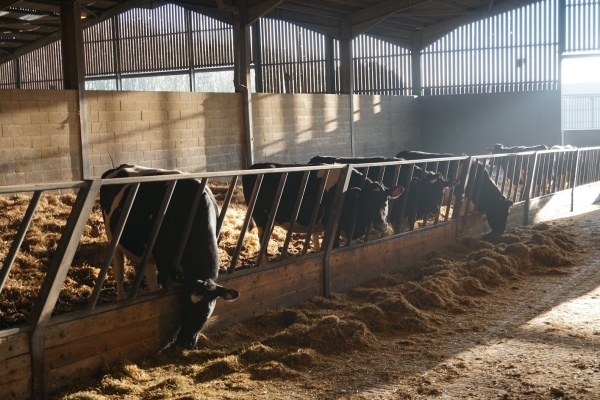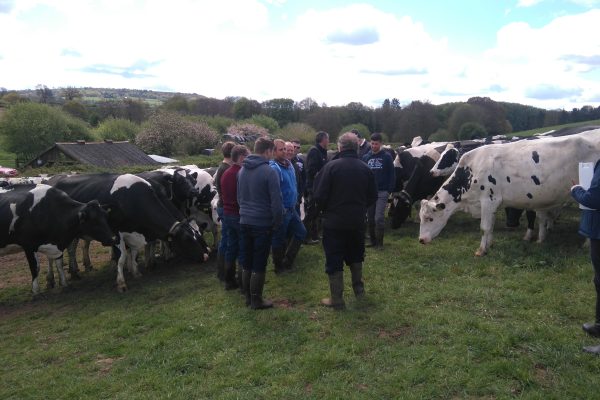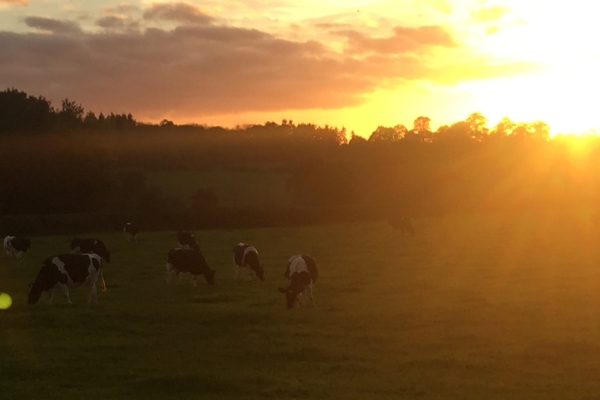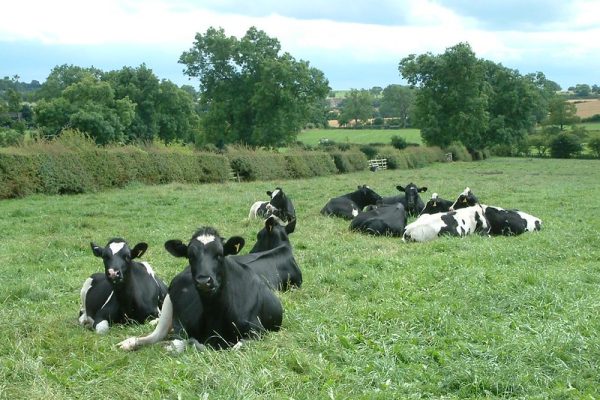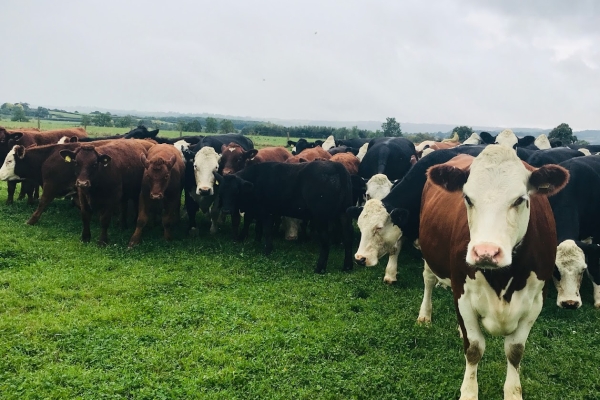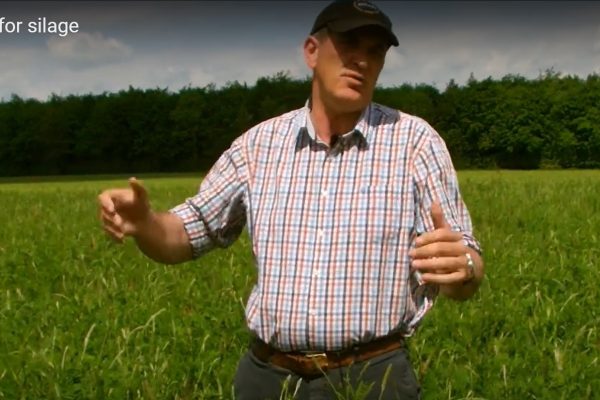Breeding a sustainable dairy cow
This month Richard explains how a sustainable dairy cow has been bred at Daylesford.
- Richard explains that modern, intensive dairy cattle are not so well suited to an organic system such as that at Daylesford. 12 years ago they started a breeding programme to go from breeding high input high output Holsteins to the British Friesian, which he believes is much better suited to an organic system.
- Daylesford’s British Friesian herd gained pedigree status in 2014. They are medium sized cows with good conformation and average around 7,000 litres of milk per lactation on one tonne of protein. 75% of the cows in the milking herd are now in their 6th lactation or above.
- Richard explains that they operate a rotational grazing system, moving the cattle morning and night to make the most of the available forage.
- The other advantage of breeding back to British Friesians is that the calves can be used in Daylesford’s beef enterprise.
- At Daylesford, some of the Friesian cattle from the dairy herd are now crossed with a Hereford bull. The resulting Hereford x Friesian cows then go on to produce beef calves, either being crossed with a Gloucester, a South Devon or an Aberdeen Angus bull. These cattle are very suited to a forage-based diet and require very little input.
- Hereford x cows were a very popular breed in the past as they were seen as the ultimate beef single suckle cow. Some of the best Hereford x Friesian female calves are kept and become single suckle cows.
- The Friesians are not only producing milk but also beef, and then going on to produce mothers for Daylesford’s commercial single suckle herd.
The information contained above reflects the views of the author/s and does not necessarily reflect that of Agricology and its partners.
Related articles
Richard Smith shares some advice for healthy livestock and provides a demonstration of cattle foot trimming at Daylesford Organic Farm.
Lisa Morgans from the University of Bristol asks if dairy farmers can lead the way in the UK for antibiotic reduction and explores the feasibility...
Matt Clegg explains how holistic planned grazing can benefit farmers, farm businesses, livestock health and biodiversity.
Janie Caldbeck reflects on April's Agricology content, which dipped into the vast topic of livestock health and welfare.
In our first Agricology video blog Richard Smith, the Steering Group Chairman, introduces us to the dairy herd he manages at Daylesford Organic Farm.
Sally Wood from HAWL discusses the advantages of homeopathy for livestock farmers, outlining potential benefits for flock health and finances.
Richard Smith of Daylesford Organic Farms talks about grass leys and how they put them into stubble, and undersowing into cereal crops
This month Richard explains the process of making sainfoin silage at Daylesford. He describes how the crop is mown and stored in the silage pit.
Clementine Sandison introduces a new film and Soil Association Field Lab focused on the practice of mob grazing in Scotland.
Ted Green gives a brief history of tree hay and its role as fodder, and asks what role tree hay can play in modern livestock...



